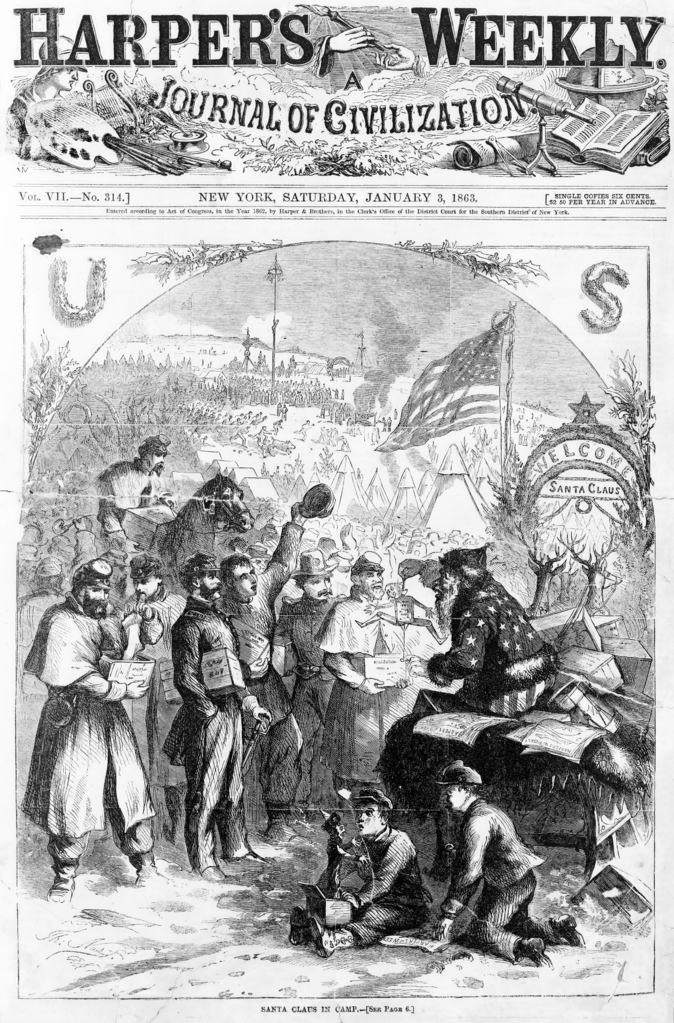22 December 2023
Lawrencium is a synthetic chemical element with atomic number 103 and the symbol Lr. It is named in honor of Ernest Lawrence, inventor of the cyclotron and founder of the laboratory that made the first claim of the element’s discovery. The most stable isotope of lawrencium has a half-life of only eleven hours. It has no uses beyond pure research.
The discovery of lawrencium was announced on 12 April 1961, but the announcement was overshadowed by Yuri Gagarin’s flight into space aboard Vostok 1 which happened on the same day, and US-Soviet competition would make the naming of the element controversial throughout the Cold War. A wire service report on the discovery from that day reads:
A new chemical element has been discovered by United States atomic scientists, it was announced Wednesday.
The discovery was made by a group at the Lawrence Radiation Laboratory at the University of California. They have suggested that the new element 103 be named Lawrencium, with the chemical symbol lw [sic] in honor of the late Ernest C. Lawrence, Nobel prize winning inventor of the cyclotron and founder of the laboratory.
The initial discovery was made by Albert Ghiorso, Torbjørn Sikkeland, Almon E. Larsh and Robert M. Latimer of the Lawrence Radiation Laboratory at the University of California, Berkeley. In 1963 the International Union of Pure and Applied Chemistry (IUPAC) accepted the name lawrencium but changed the symbol to Lr.
The initial discovery was not, however, without controversy. The data published by the Berkeley team was insufficient to confirm the element’s existence, and that confirmation came over the next few years from Soviet scientists at the Joint Institute for Nuclear Research (JINR) in Dubna, Russia. IUPAC initially credited the Berkeley team as the sole discoverers but in 1997 revised that assessment and gave credit for the discovery to both the American and Russian teams. The name and symbol remained unchanged.
Sources:
Ghiorso, Albert, et al. “New Element, Lawrencium, Atomic Number 103” (13 April 1961). Physical Review Letters, 6.9, 1 May 1961, 473–475 at 475. American Physical Society.
Miśkowiec, Pawel. “Name Game: The Naming History of the Chemical Elements—Part 3—Rivalry of Scientists in the Twentieth and Twenty-First Centuries.” Foundations of Chemistry, 12 November 2022. DOI: 10.1007/s10698-022-09452-9.
Oxford English Dictionary, second edition, 1989, s.v. lawrencium, n.
United Press International. “Atomic Scientists Find New Element.” Houston Chronicle (Texas), 12 April 1961, section 2, 5.3. Readex: America’s Historical Newspapers.






